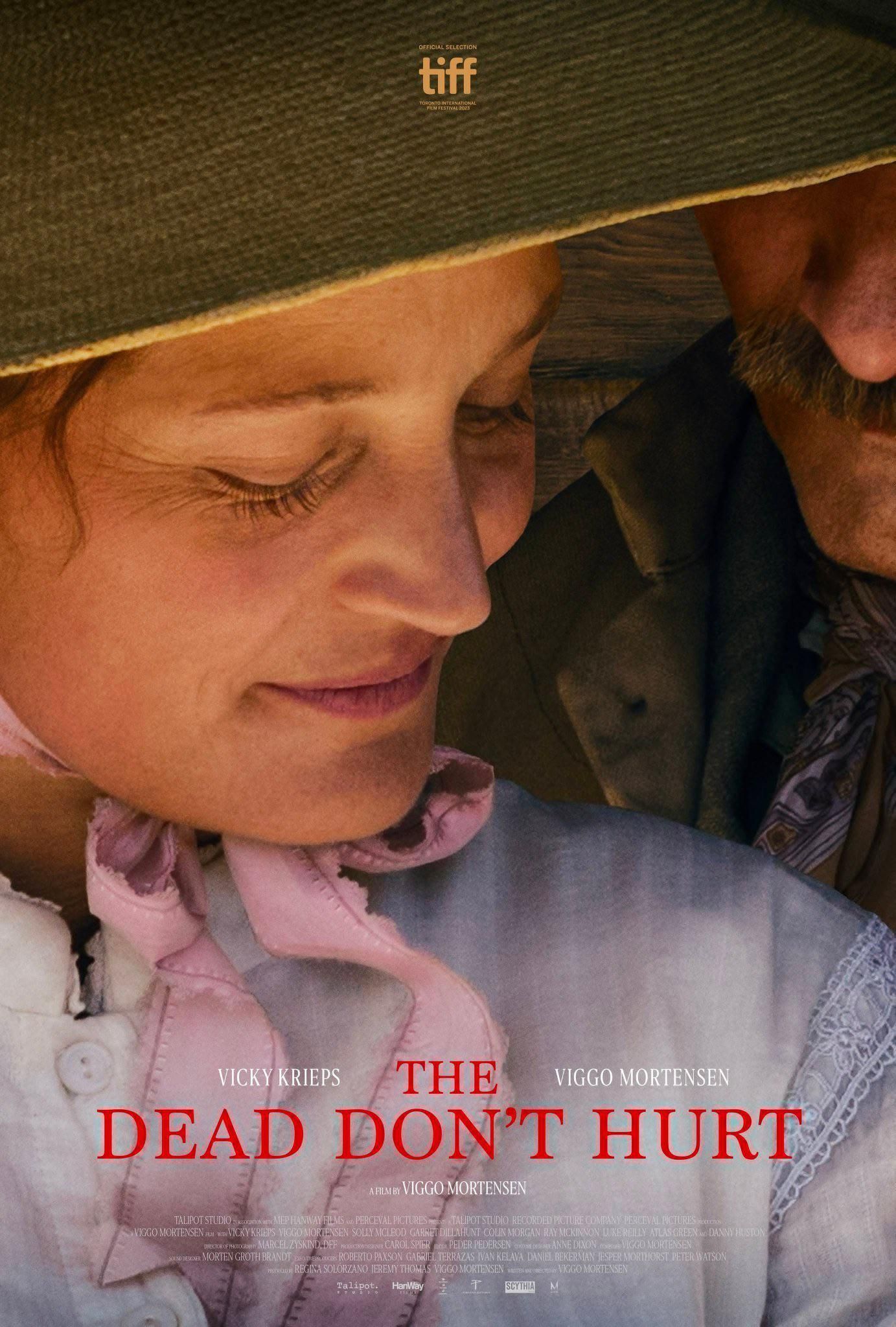Summary
- Viggo Mortensen’s intentions for a feminist Western fall short due to a lack of authentic genre reinvention.
- The film’s highlights include Mortensen and Krieps’ chemistry on-screen despite a lackluster script.
- Vicky Krieps shines as the saving grace with a clear vision of her character in this misguided Western.
Viggo Mortensen takes us to the 1860s Western frontier for a story that is as sensitive as it is violent, and as romantic as it is tragic. The Dead Don’t Hurt follows Holger Olsen (Mortensen), a Danish immigrant who makes a living as a carpenter. The somewhat recluse finds his life changed when he falls in love with Vivienne LeCoudy (Vicky Krieps), a French Canadian immigrant who lives against societal expectations. The pair find their love tested when Olsen decides to fight with the Union, and Vivienne is left to fend for herself in a corrupt and cruel town.
Mortensen’s latest directorial effort delves into many classic tropes of the longstanding genre, but with a feminist twist. It focuses on the romance and female lead rather than the usual good guy versus bad guy. The shoot ’em up third act is actually informed by the aforementioned romance. Krieps is a brilliant actress, and she’s undoubtedly the main attraction in this feature. With such a force onscreen and a celebrated talent at the helm, The Dead Don’t Hurt doesn’t live up to Mortensen’s ambition.
The Dead Don’t Hurt’s Intentions & Execution Do Not Align
It is clear that Mortensen wants his Western to be conscious of the realities of this era, to be proactive in not just vocalizing what the issues were of this time for women and racial minorities but to actively work against these shortcomings by outright acknowledging the time period as incredibly racist, sexist and cruel. However, a significant difference exists between creating a work that envelopes these realities and produces something positive and uplifting and recreating the same indignities onscreen while only acknowledging that it’s terrible.
The Dead Don’t Hurt is a prime example of doing the bare minimum to mitigate the issues of authenticity and genre reinvention, meaning Mortensen wants to claim this story as some sort of feminist Western without actually doing the work to produce a Western that celebrates and uplifts the feminine experience.
Krieps has such a clear vision of who Vivienne is when she isn’t the object of romance, violence or intolerance.
Watching The Dead Don’t Hurt reminded me of the miniseries Godless, which told the story of a small mining town that suddenly became the western Garden of Eden when all the men died in an accident. While the show had its moments highlighting the strength and resilience of women, it ultimately was more about how these women lived in the absence of men and not how they would live in spite of them.
I couldn’t help but find extreme parallels to this show and The Dead Don’t Hurt, since they fall into the same trap of not being able to conceive of a Western that does not have their central women characters being entirely dependent on the men around them to form their persona and story arc.
Vicky Krieps Is The Saving Grace Of The Dead Don’t Hurt
Mortensen’s Western is ultimately a misguided one
Mortensen’s script lacks originality and vibrancy. The best of The Dead Don’t Hurt is hardly on the page; it’s Mortensen and Krieps’ chemistry. With the romance being the film’s emotional crux, the scenes featuring the two are authentic and refreshing. While the film is clumsy with its non-linear structure, it’s well crafted and Mortensen’s directing sound. Marcel Zyskind’s brilliant cinematography masks the inadequacies of the script, boldly pushing the film into watchable territory. There is clearly growth in Mortensen’s skills as a director as he manages to convey a somewhat tender romance that is sadly marred by violence and death.
The Dead Don’t Hurt is not the grand exception to the rule, as having a woman as the narrative center does not absolve it of its needless mistakes. The non-linear structure does not entice us, but repels us. There isn’t much to celebrate about this film, as it fails to subvert Western tropes and archetypes, nor is it more ambitious with its feminist take on the Western. Instead of a woman just suffering, Mortensen equates progress with a woman suffering elegantly instead. Because Vivienne’s spirit is not entirely obliterated, she is an exception, but she isn’t.
The Dead Don’t Hurt is now playing in theaters.
The Dead Don’t Hurt solely exists to show that it’s not like other Westerns. It is, though, with Vivienne as a strong woman being the sole trait that is acknowledged. She is defined by this and the men in her life. Her relationship with Olsen and her abusers make up her story, and that in itself doesn’t make this the feminist triumph. Krieps has such a clear vision of who Vivienne is when she isn’t the object of romance, violence or intolerance. Her quirks and quiet dominance ultimately shift the film toward the direction Mortensen thought he was headed.
Both a tragic love story and a nuanced depiction of the conflict between revenge and forgiveness, The Dead Don’t Hurt is a portrait of a passionate woman determined to stand up for herself in an unforgiving world dominated by ruthless men.
- Vicky Krieps and Viggo Mortensen have excellent chemistry together, making the most of their scenes together
- The cinematography is fantastic, giving the film some style
- The story doesn’t subvert the tropes it tackles, nor is it a true feminist take
- Mortensen’s script is not imaginative or polished


